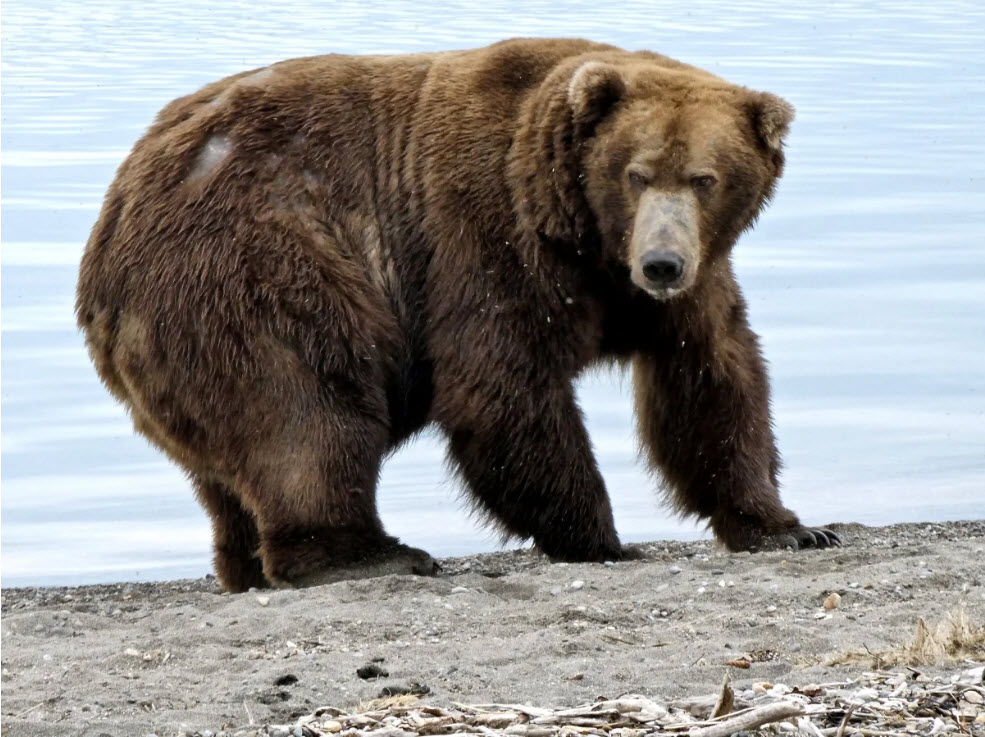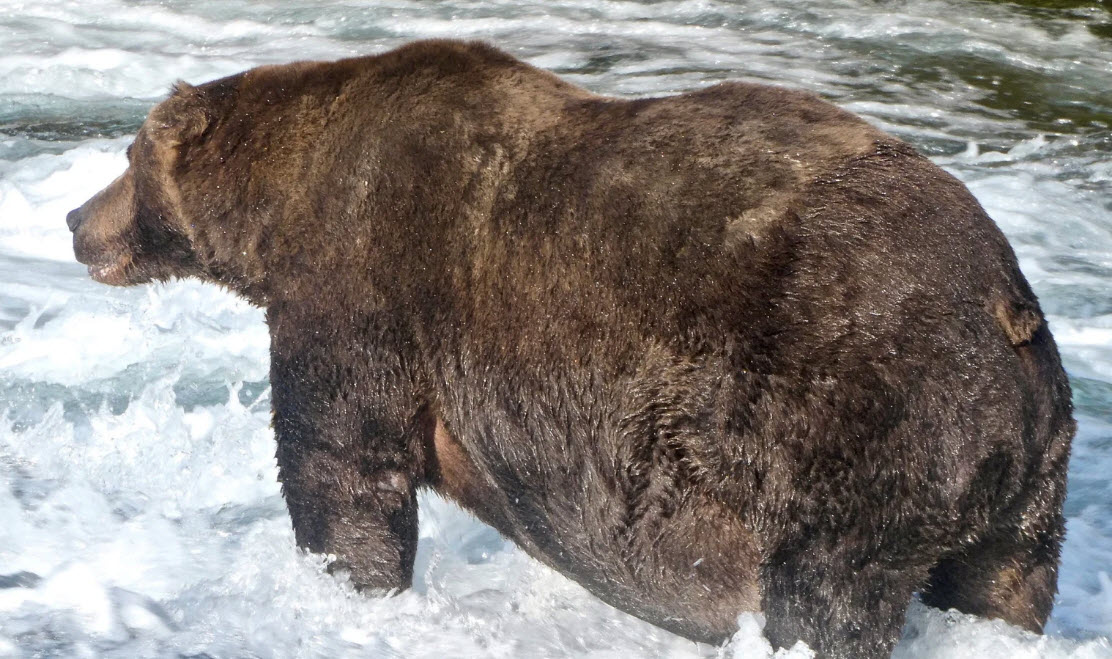The evergreen hellebore in the big pot in my backyard survived the snow, and is flowering nicely.
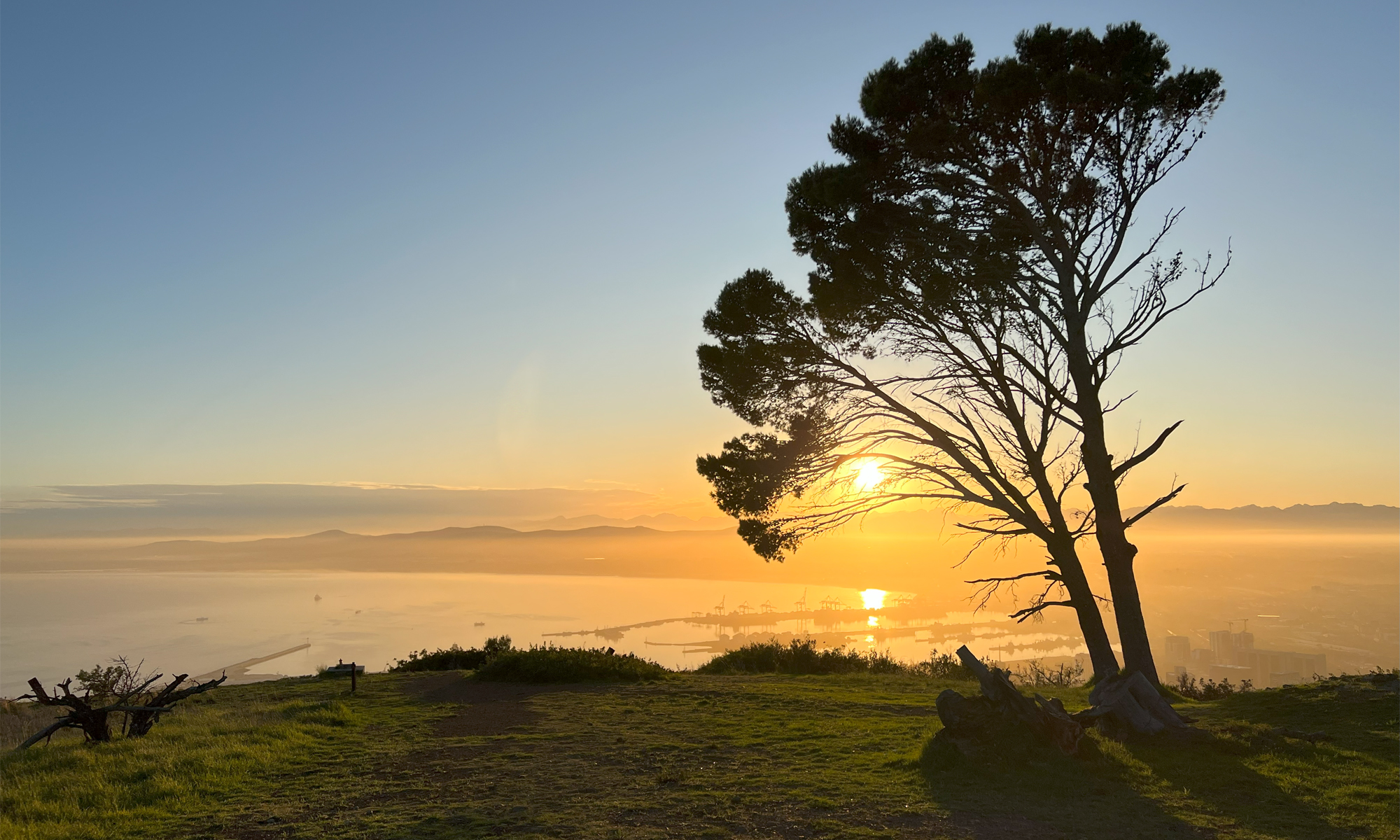
a weblog of whereabouts & interests, since 2010
One of the latest animal figures I had ordered from Schleich happens to be a poodle. I am naming the white pooch ‘Snowflake’ .. and no, not because of the recent snow here in Seattle.
Texas Senator Ted Cruz took his family to sunny Cancun in Mexico on Wednesday night (to the Ritz Carlton Hotel, no less), leaving behind millions of his constituents in freezing homes with no electricity and no water.
That was bad enough, and Cruz returned the very next morning after a media firestorm erupted. It got even worse. It turned out that their family poodle, named Snowflake, was left behind in the freezing house.
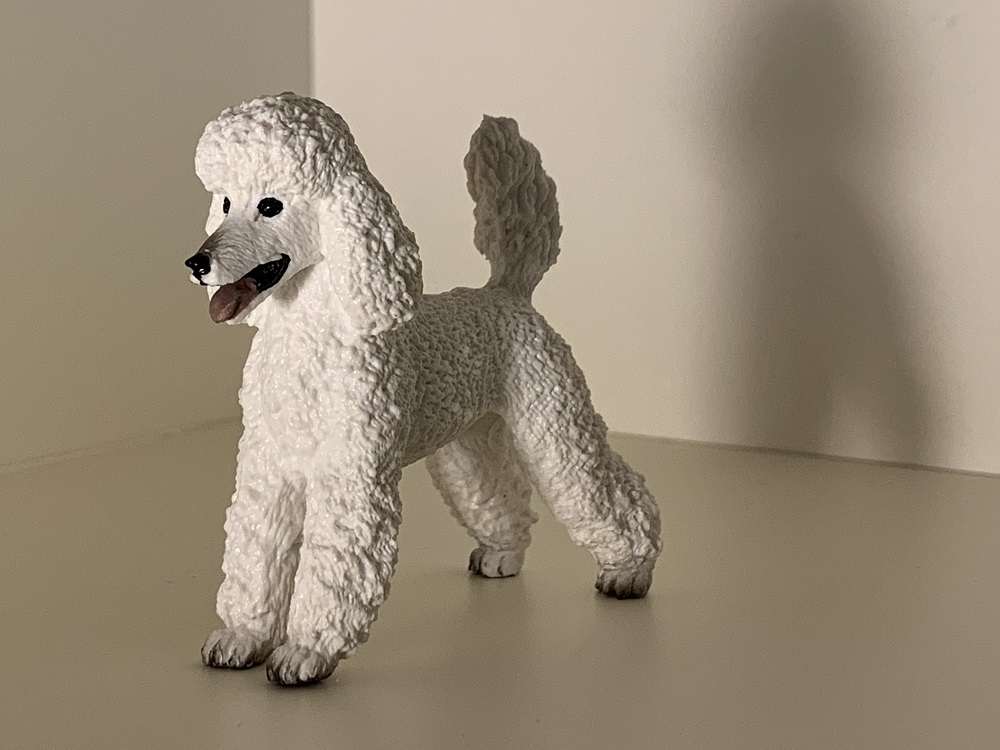

There was a little sun this morning, before a blanket of clouds moved in. (There is going to be snow in the city on Thursday night and into Saturday, say the weather forecasters).
By now the hummingbirds have ‘consumed’ most of the little bell flowers on my mahonia, but there are still a few left.
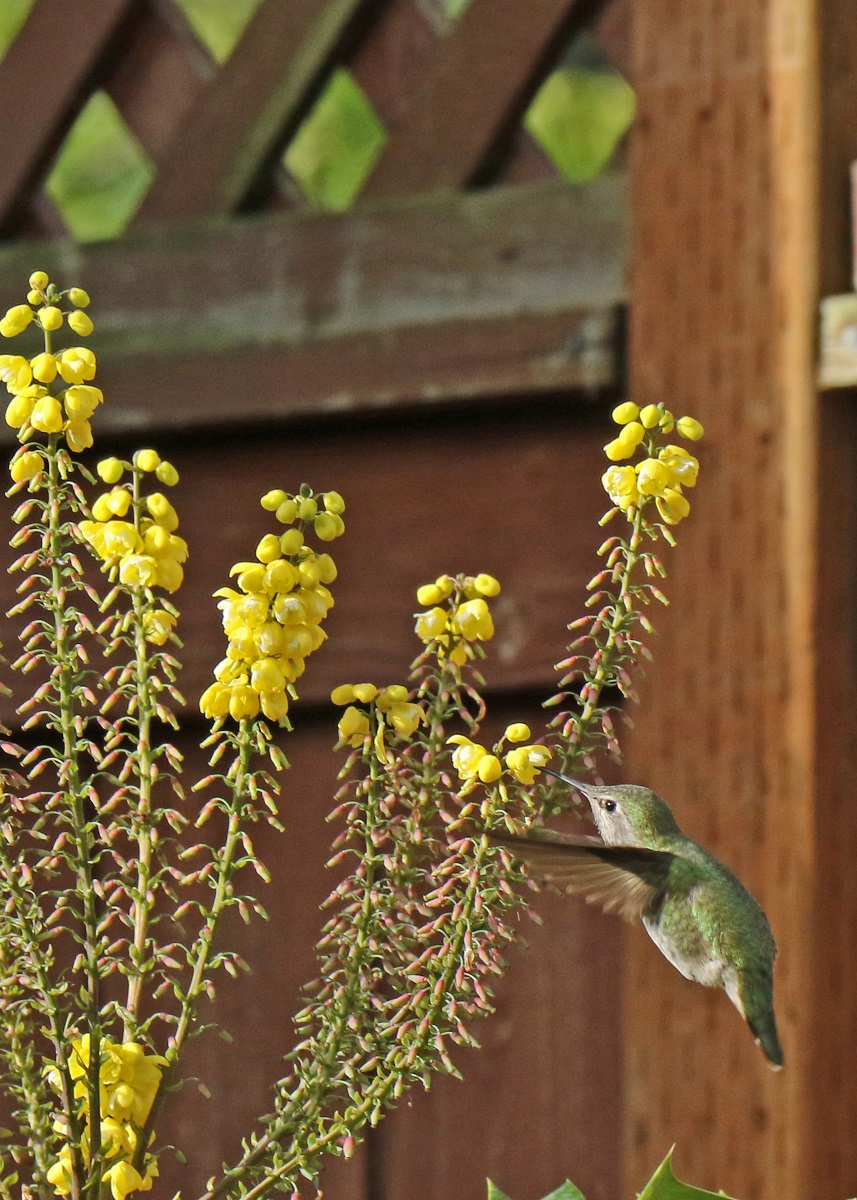
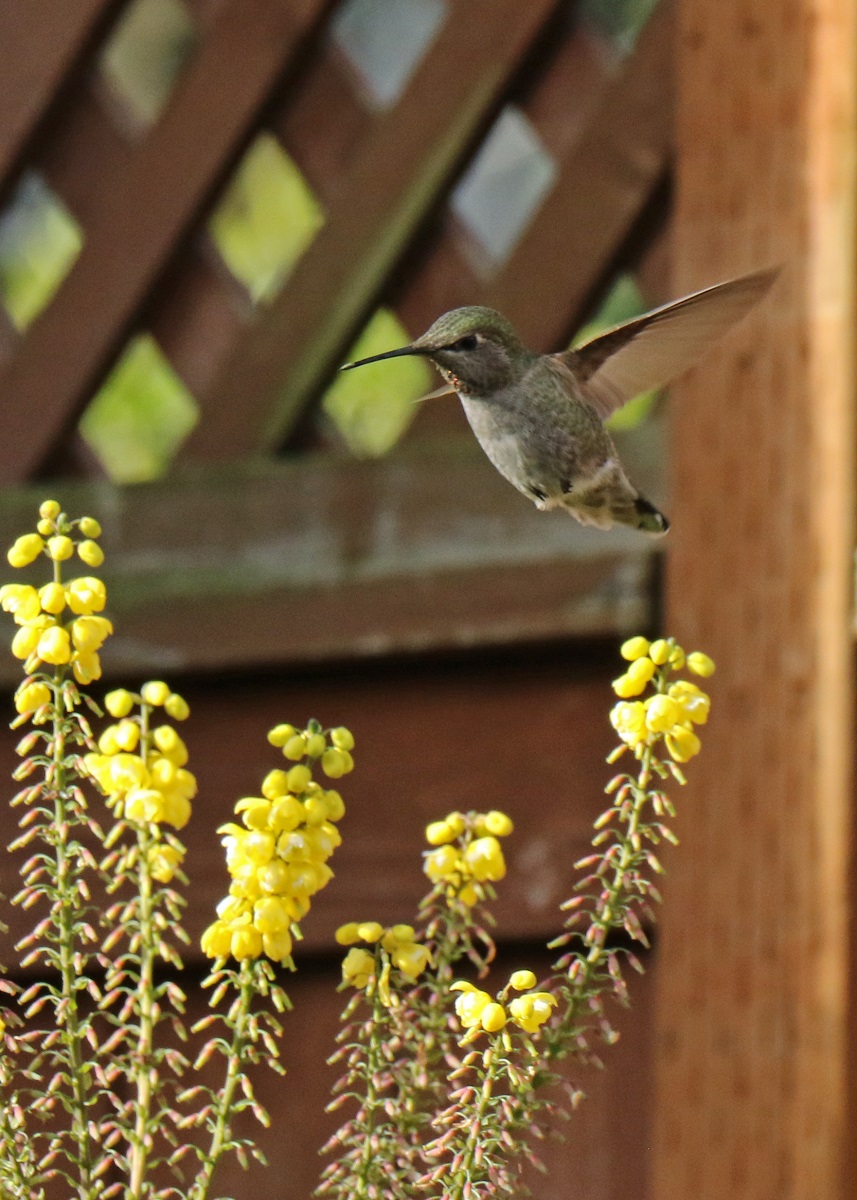
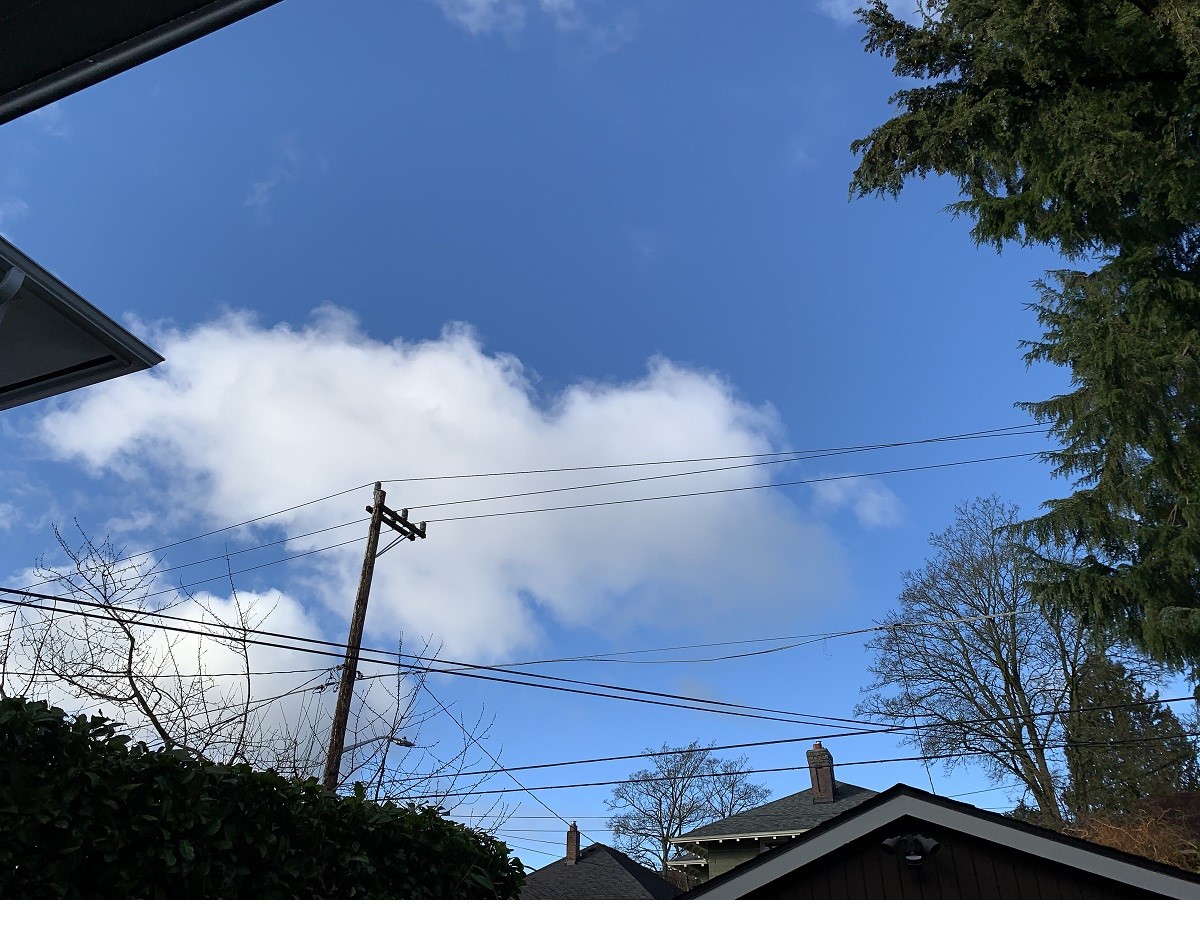 There was a break in the rainy weather today, with blue skies and fluffy white clouds. For the first time in a long while, I saw robins and jays around my house.
There was a break in the rainy weather today, with blue skies and fluffy white clouds. For the first time in a long while, I saw robins and jays around my house.
The Washington Dept. of Fish & Wildlife is advising homeowners to take down their bird feeders, though. Outbreaks of salmonellosis (infection of the bacterium salmonella) are going around in the local bird populations. There is enough natural food for them, and birds that crowd around feeders can infect one another.
So now our feathered friends need to keep their social distance for awhile as well? Oy vey.
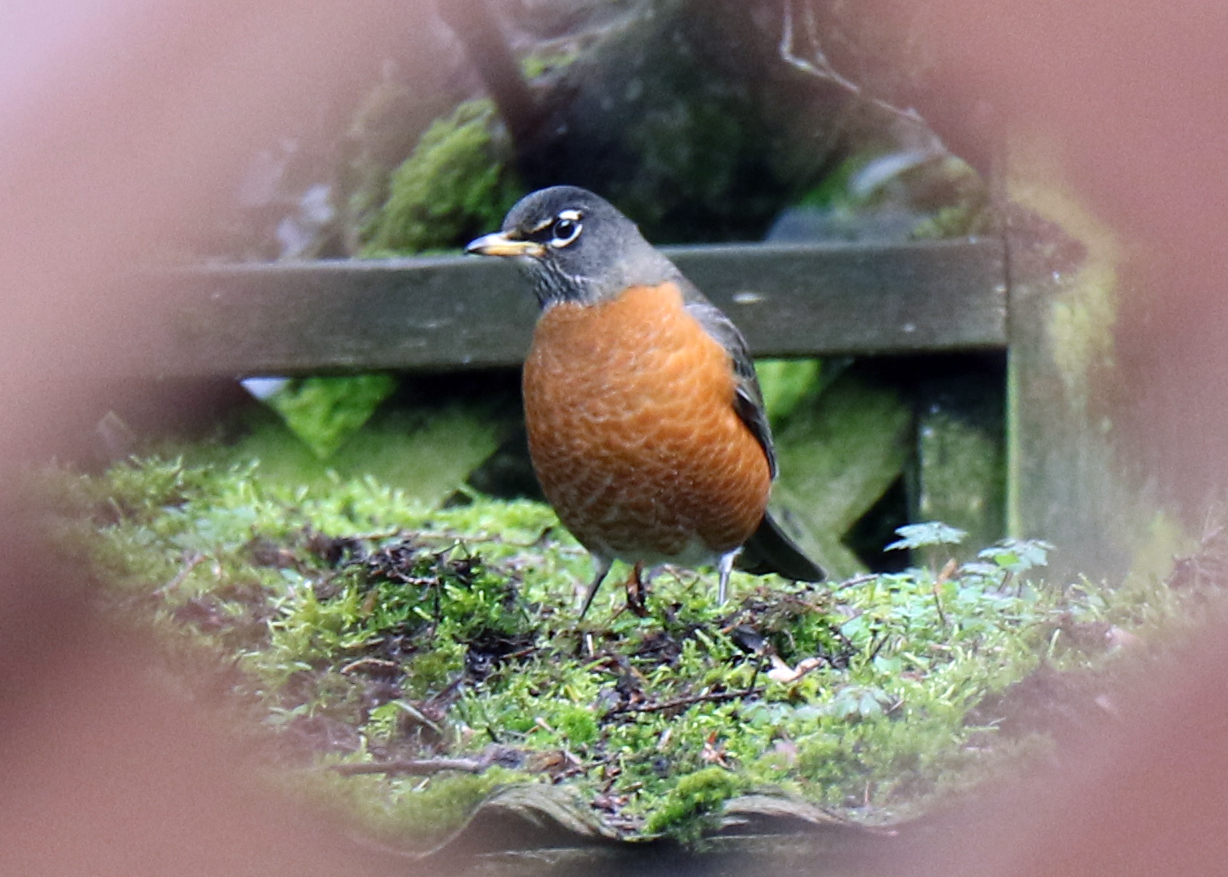
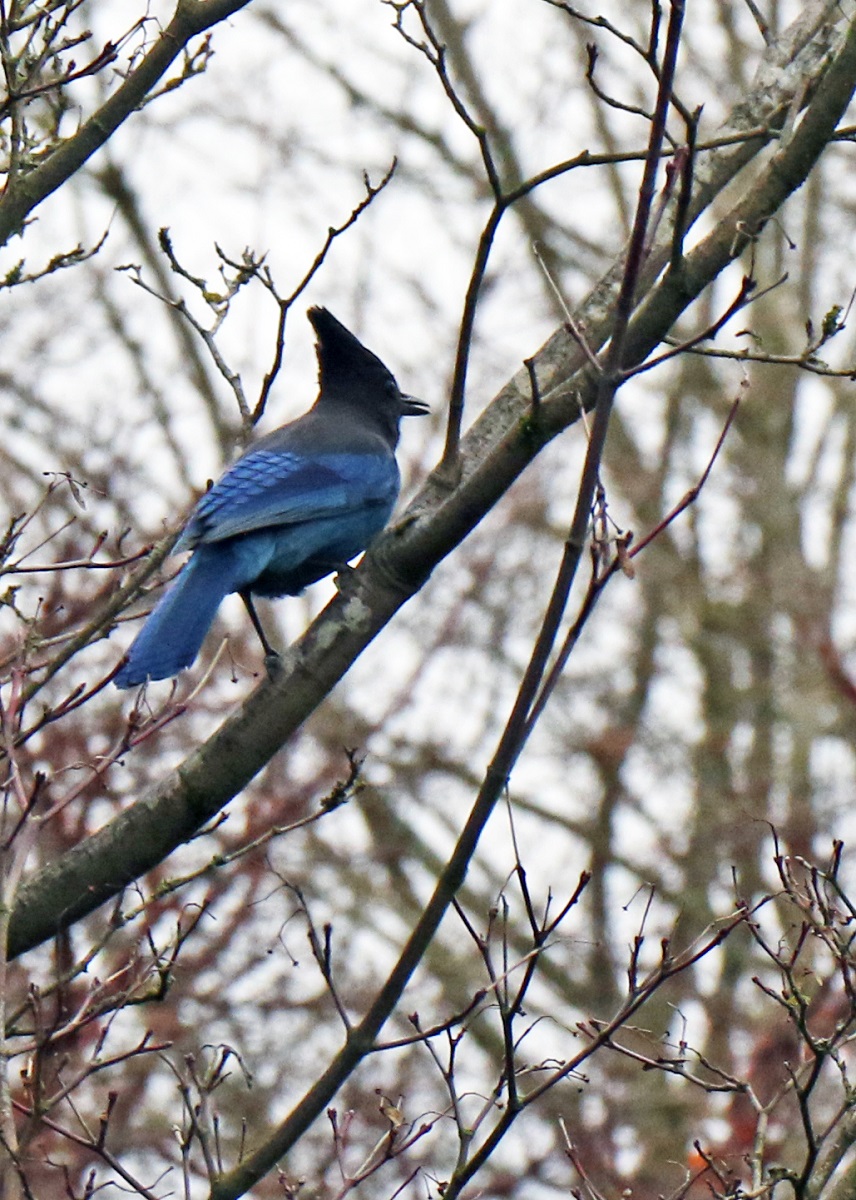
I’ve been following tropical storm Eloise for a few days now. There has not been large loss of life (official death toll in Mozambique: 12), but some 5,000 homes in Mozambique were destroyed or badly flooded.
I believe the Kruger National Park, the national parks in Zimbabwe, and the Moremi Game Reserve on the eastern side of Botswana’s Okavango Delta* will be OK. Some areas are getting soaked with 5 or 6 inches of rain, and this summer’s corn harvest is going to be damaged badly.
*This is the time of year that the enormous and very shallow bowl of the Okavango Delta fills up with about 2.6 cubic miles (11 cubic km) of water, spread over as much as 5,800 square miles (15,000 km2).

We had a lot of sun today.
It’s January, though – the doldrums of winter – and the day’s highs only made it to 45 °F (7 °C).
These pictures are from Monday.
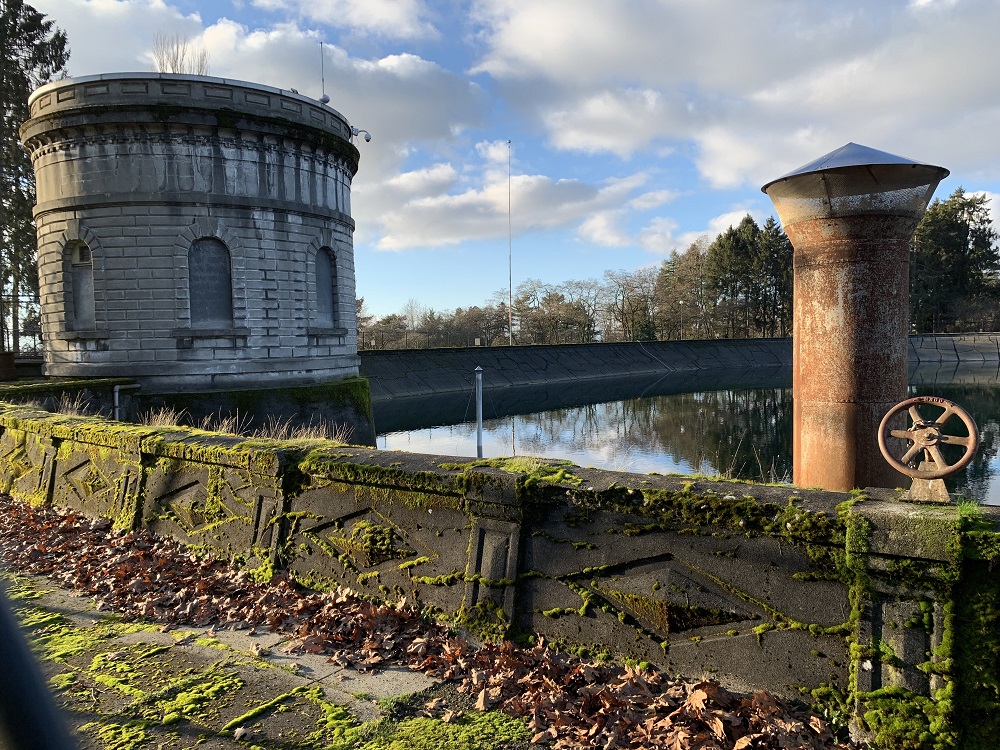
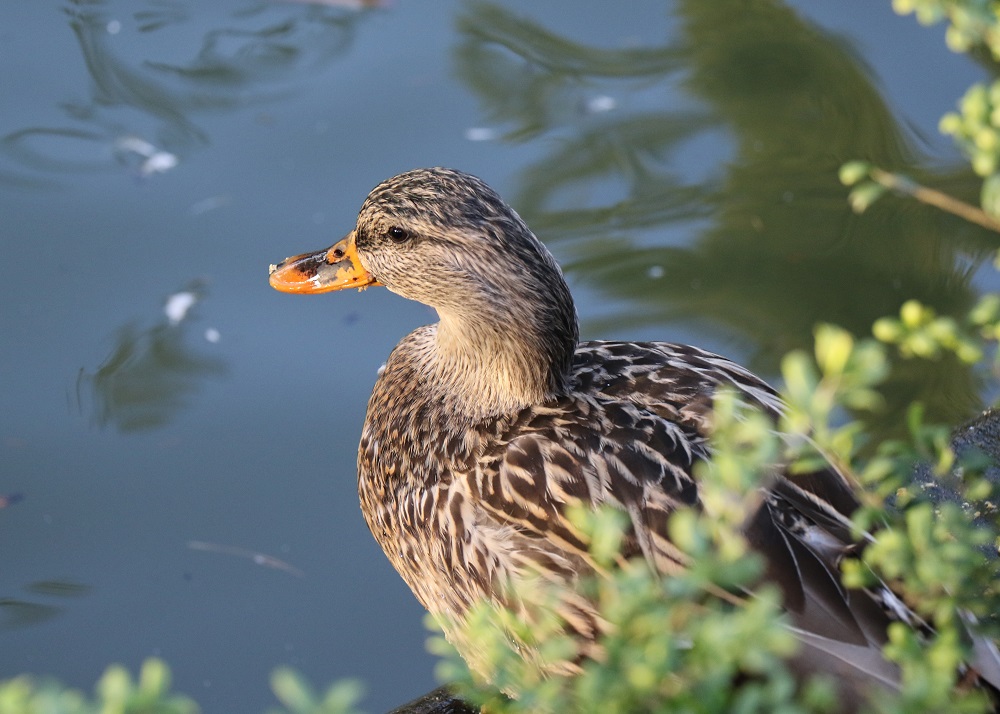
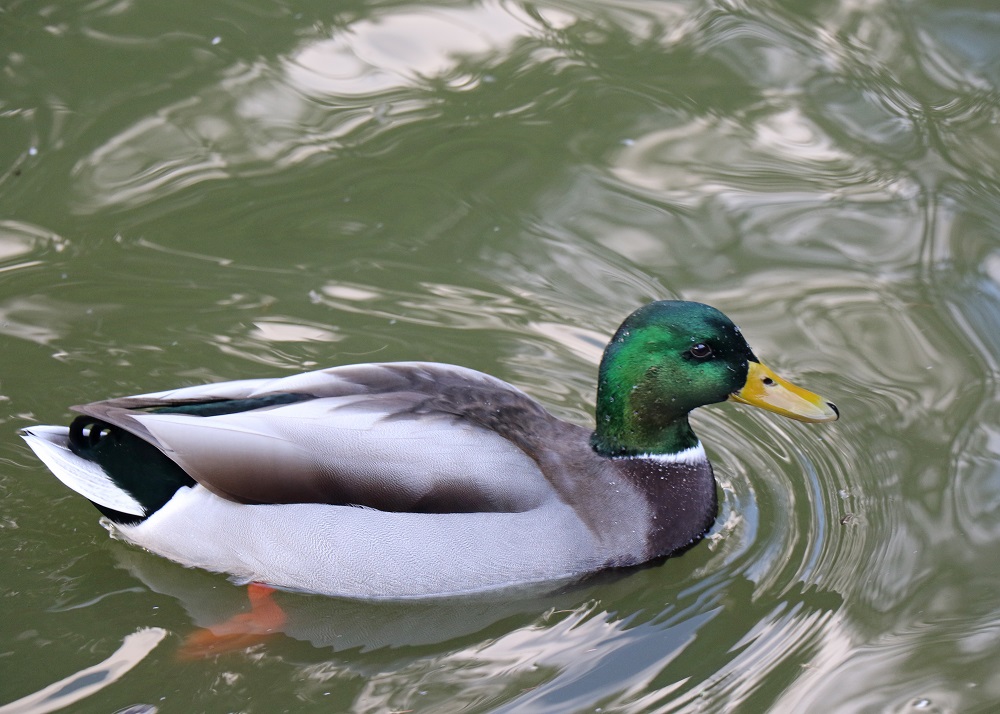
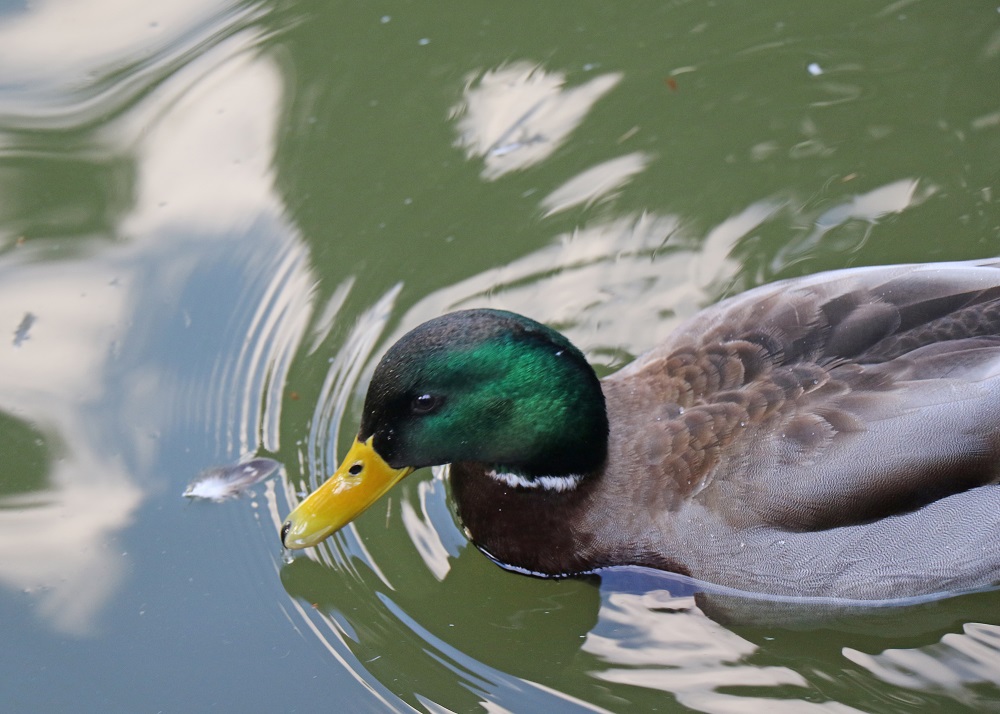
Art is long, and Time is fleeting ..
– Henry Wadsworth Longfellow, from his poem ‘A Psalm of Life’ (1839)
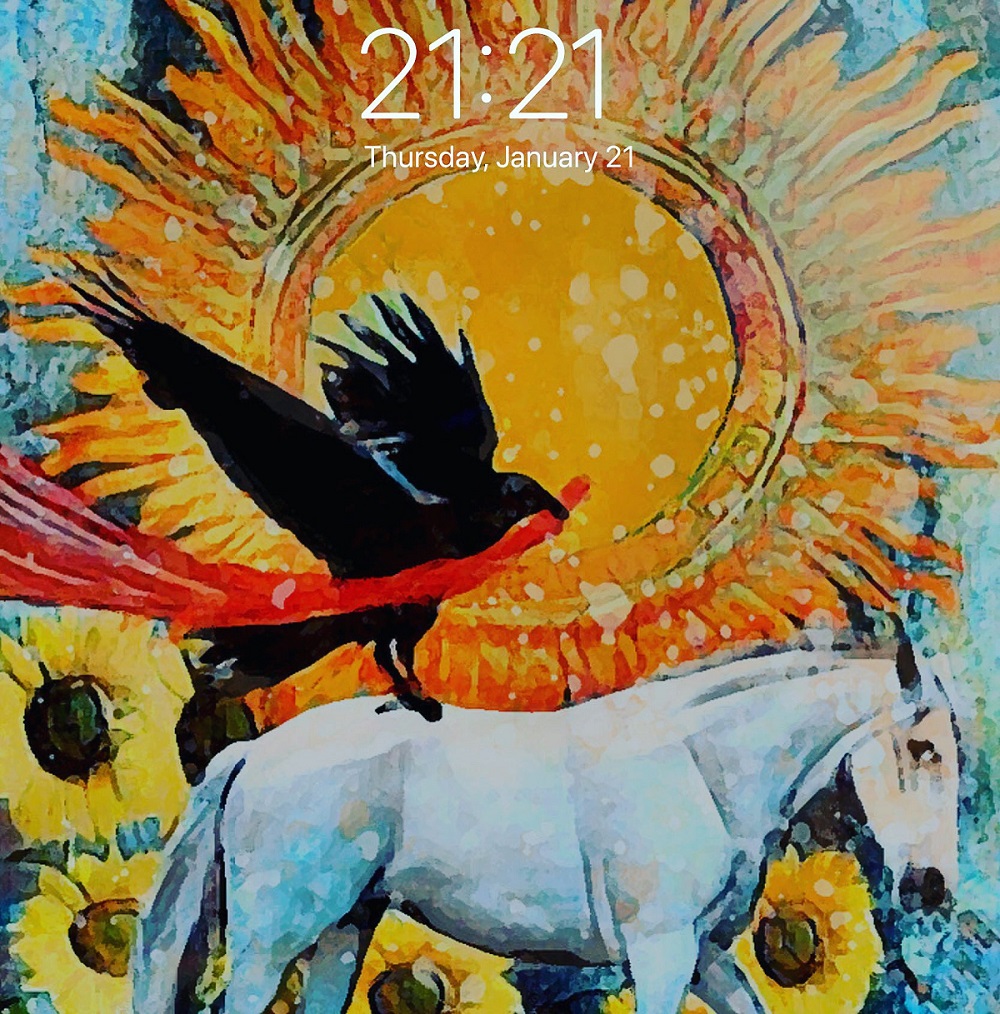
I know that our Gregorian calendar and Arabic numerals, used for date & time notation, is a completely man-made construct.
Even so: the clock here on the Pacific coast is about to run into a cascade of 21s, the way it has all over the world today.
At 9.21:21 pm tonight it will be the ..
21st second into the
21st minute into the
21st hour into the
21st day into the
21st year into the
21st century.
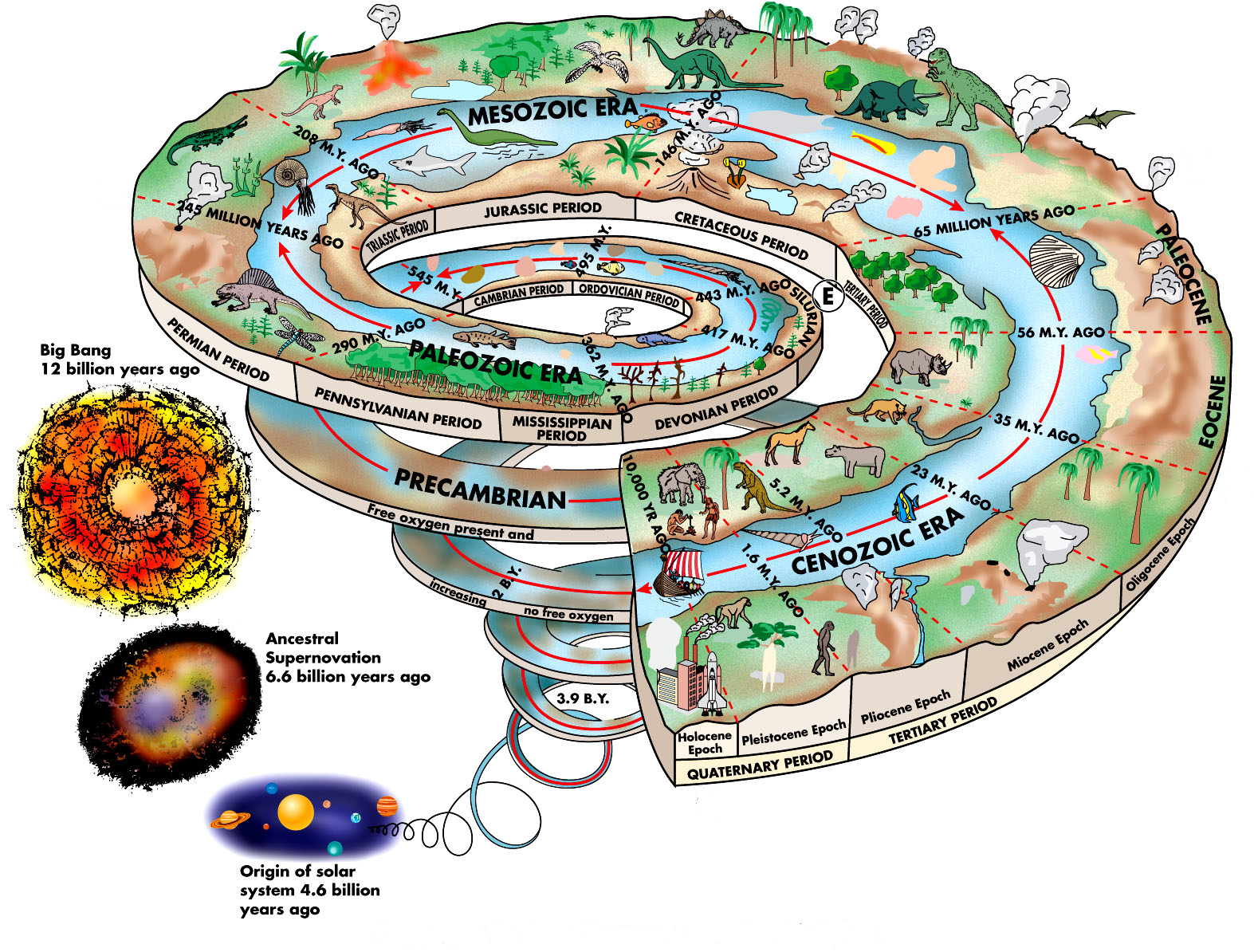
My shipment from Amazon Japan* has arrived: a chess set, which I will show later, and three animal figures to add to my collection.
*German international courier DHL picked the package up in Tokyo, flew it to their hub in Cincinnati, and then on to Seattle where it was put on the delivery truck. Yes, I know, I am a bad person. I should not burn fossil fuels to buy a product that is made from fossil fuels (plastic). Sorry.
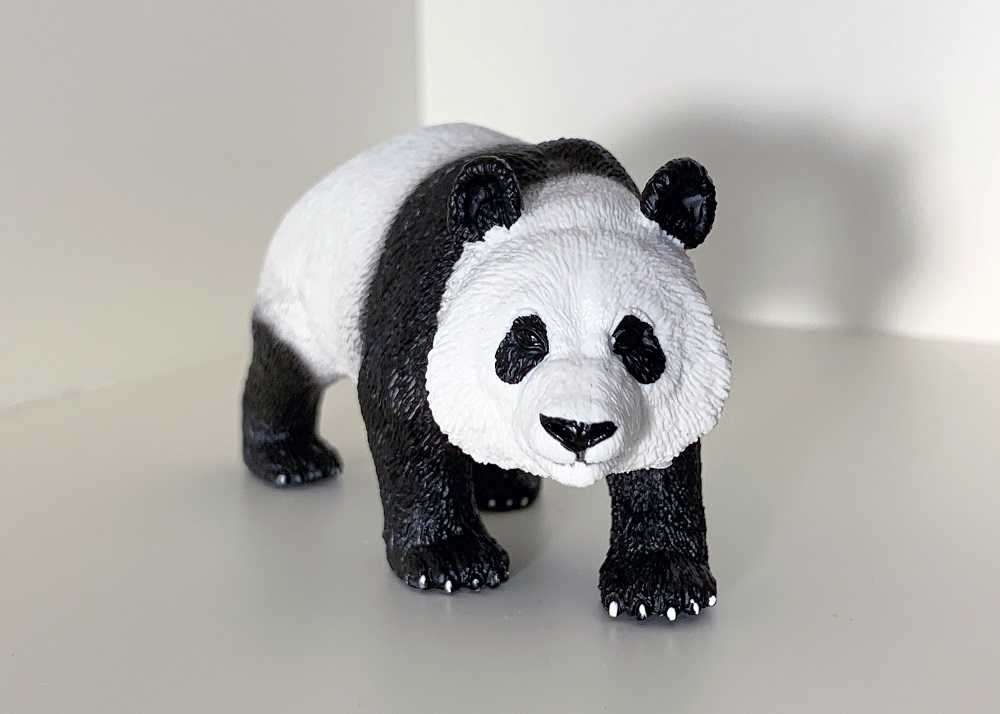

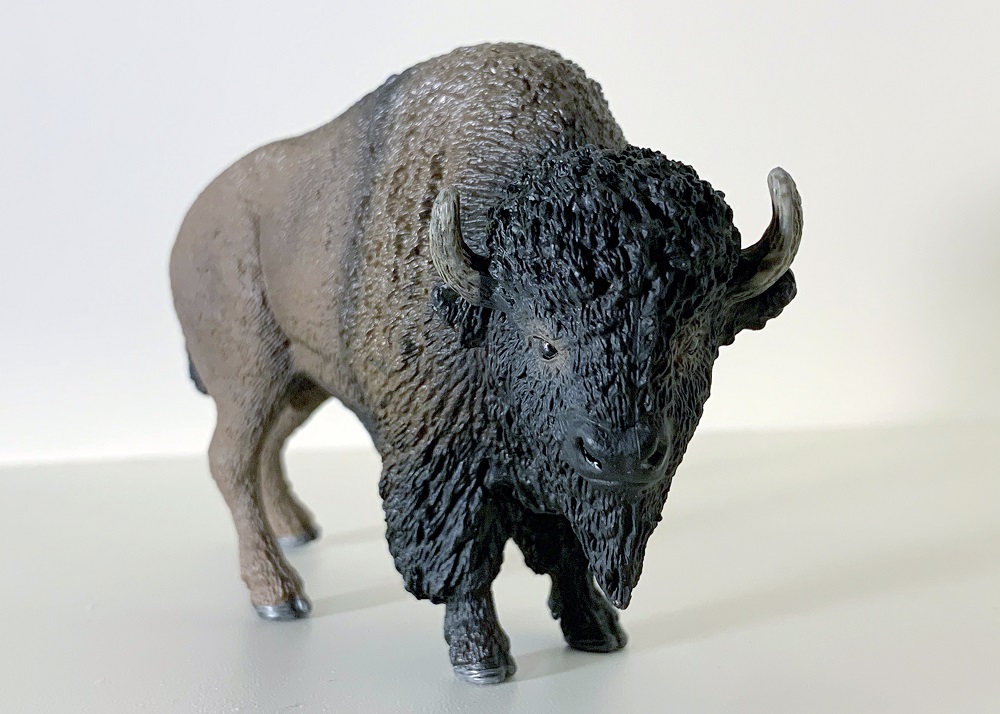
I felt like a change of scenery today for my walk, and went down to the Gas Works Park area on Lake Union.
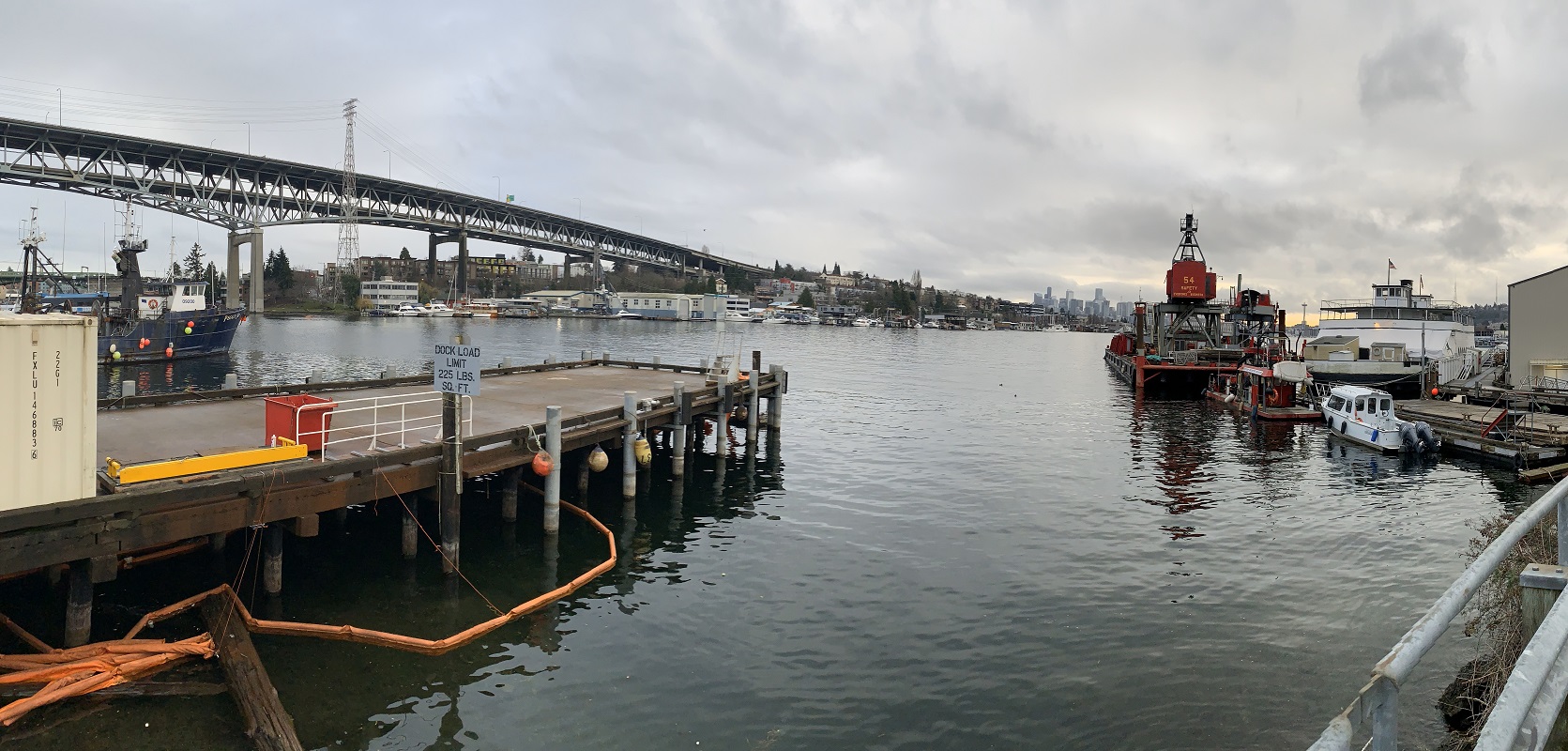
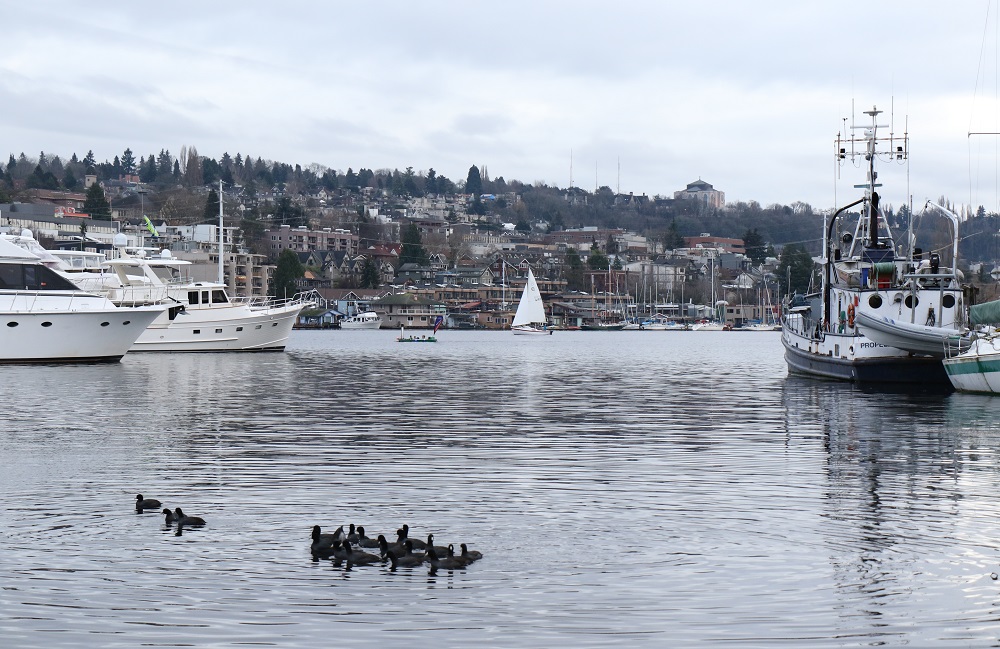
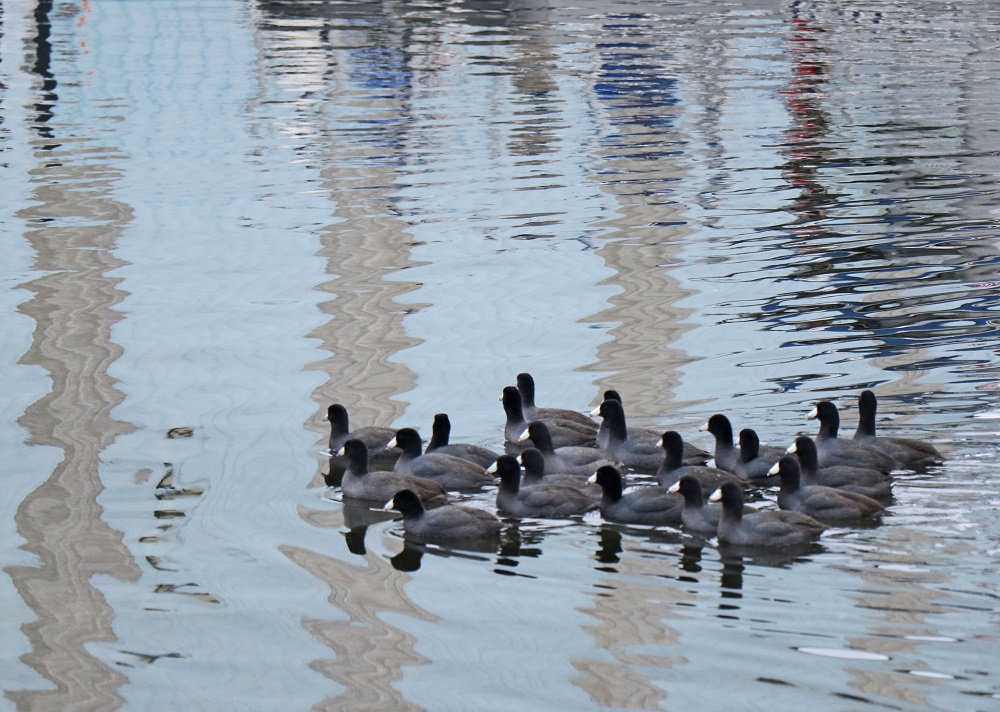

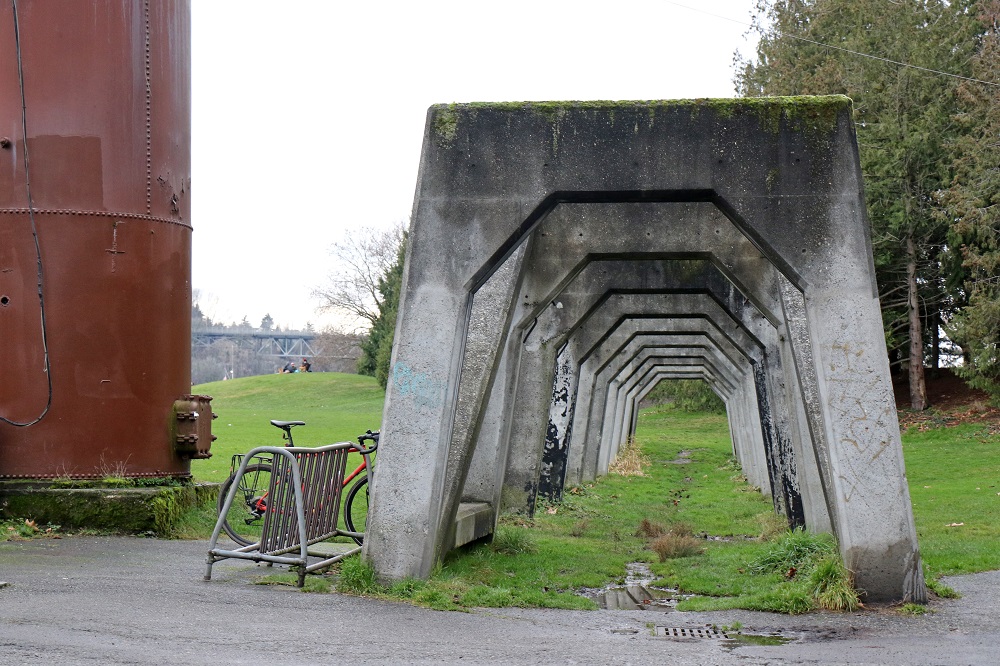
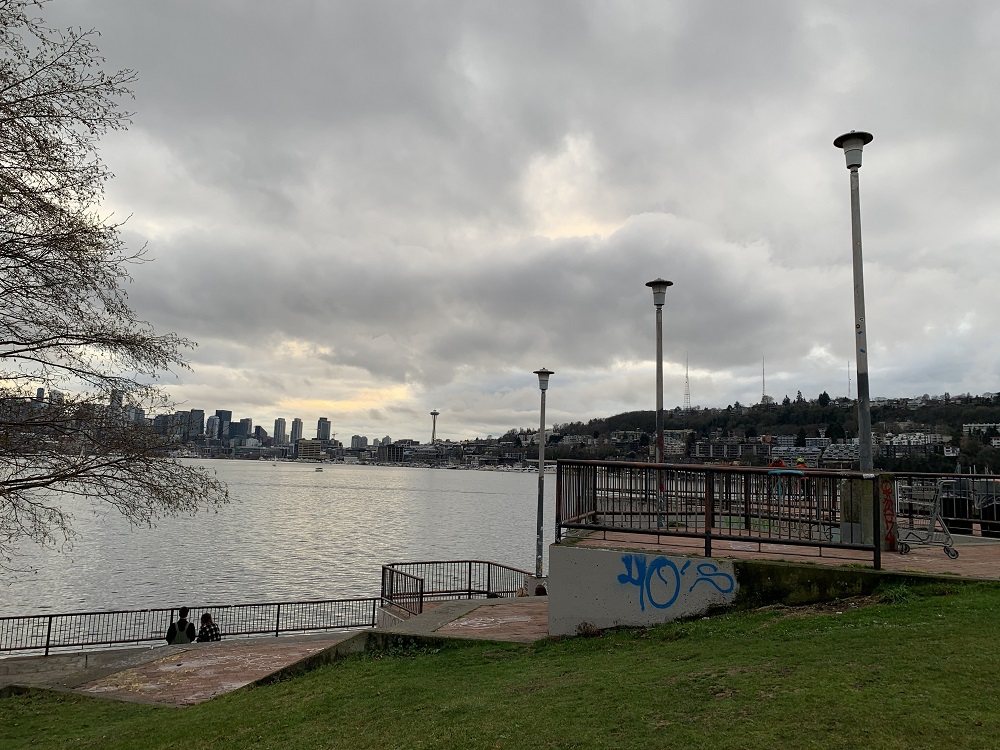
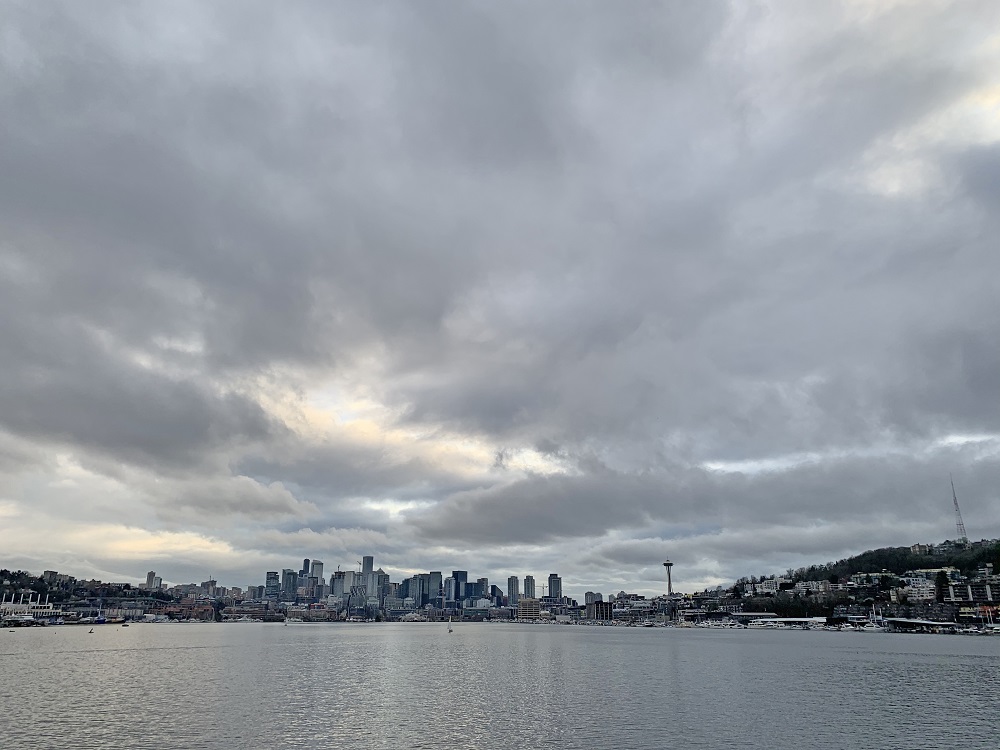
I took these pictures on Thursday, when there was a break in the rain.
These are Anna’s hummingbirds (Calypte anna), medium-sized as hummingbirds go.
After they were done with the mahonia’s flowers, the little birds sat on the power cables that run into my house for a long time.
Their feathers are mostly green and gray. The male’s head and throat have feathers that light up in a stunning iridescent reddish-pink when the light strikes it at just the right angle.
It’s winter here in the North, officially.
The city has had plenty of rainy, windy weather yesterday and today (1.58 in. measured in 48 hrs at Seatac Airport’s gauge).
.. and hey! the snowflakes coming down in the mix tonight, formed a thin layer on my back deck.
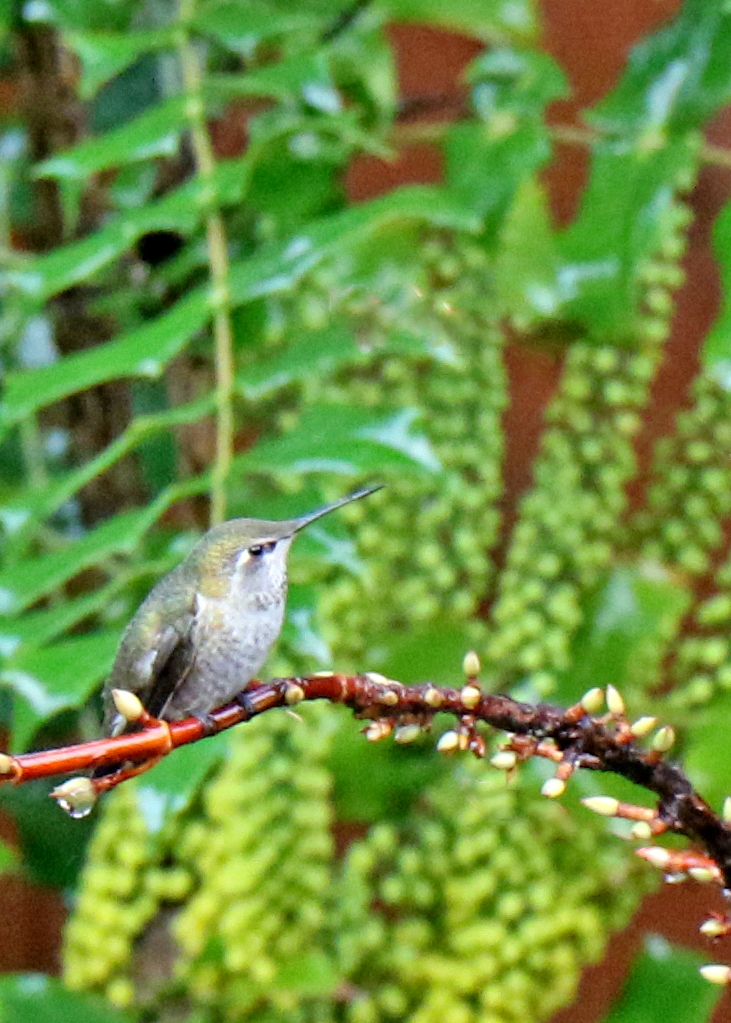
I did have a few of the large fly agaric mushrooms in my backyard in October (red with white spots), but they were not as big as last year’s.
I have not seen these golden ones before in my backyard, though. Looks like they are golden Pholiota (Pholiota aurivella). They are supposedly edible; some people report that they taste like marshmallows without the sugar.
(That does not sound tempting .. and as I’ve said before, the only mushrooms I eat are ones from the grocery store!).
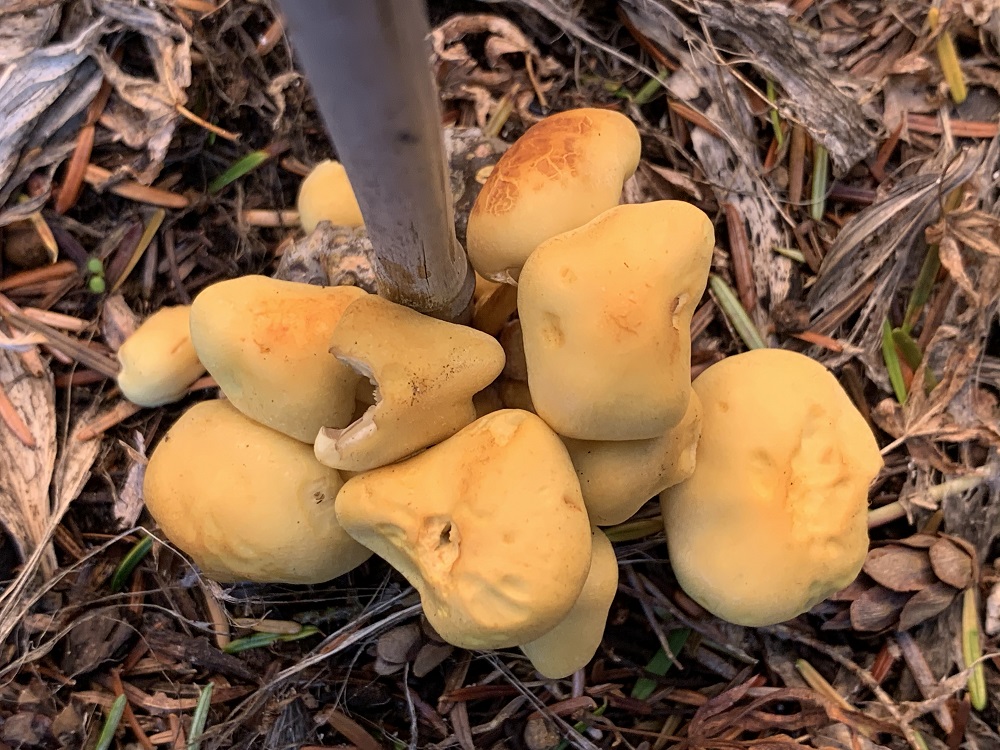
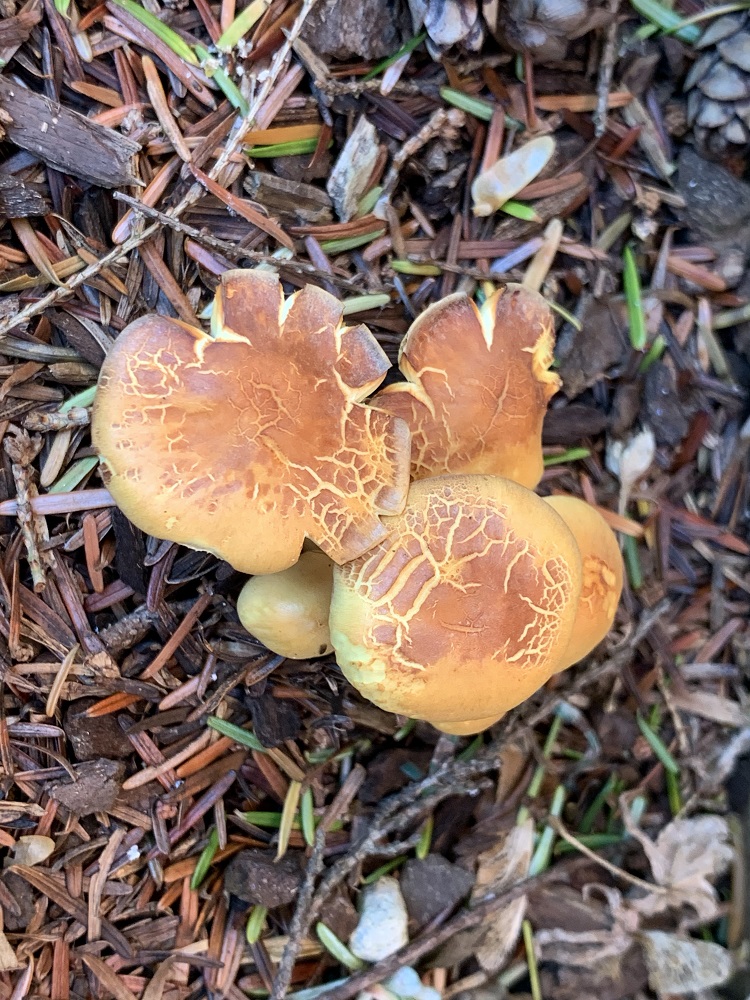
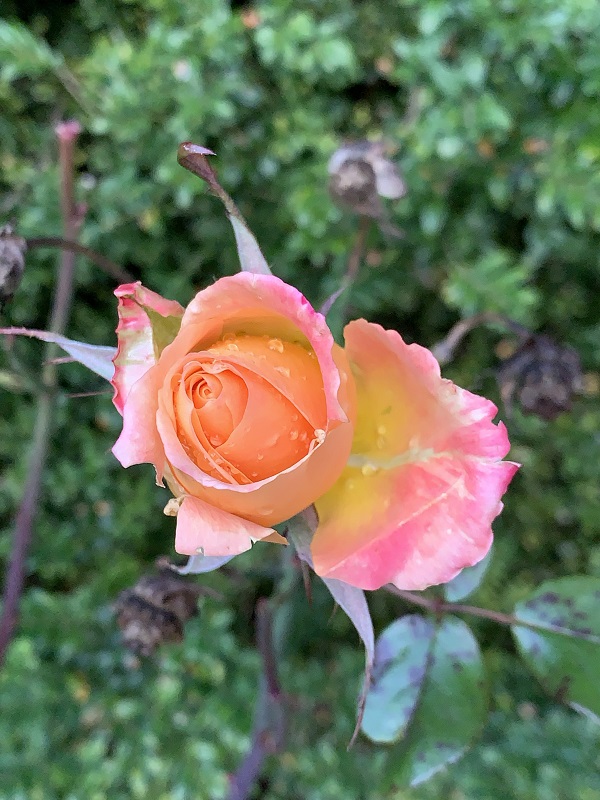
Behold the latest addition to my collection of Schleich animals: a reindeer (Rangifer tarandus). In North America, we call them caribou.
Some arctic regions still have huge migrating herds of reindeer. The Taimyr herd of migrating Siberian tundra reindeer (R. t. sibiricus) in Russia is the largest wild reindeer herd in the world, varying between 400,000 and 1,000,000 [from Wikipedia].
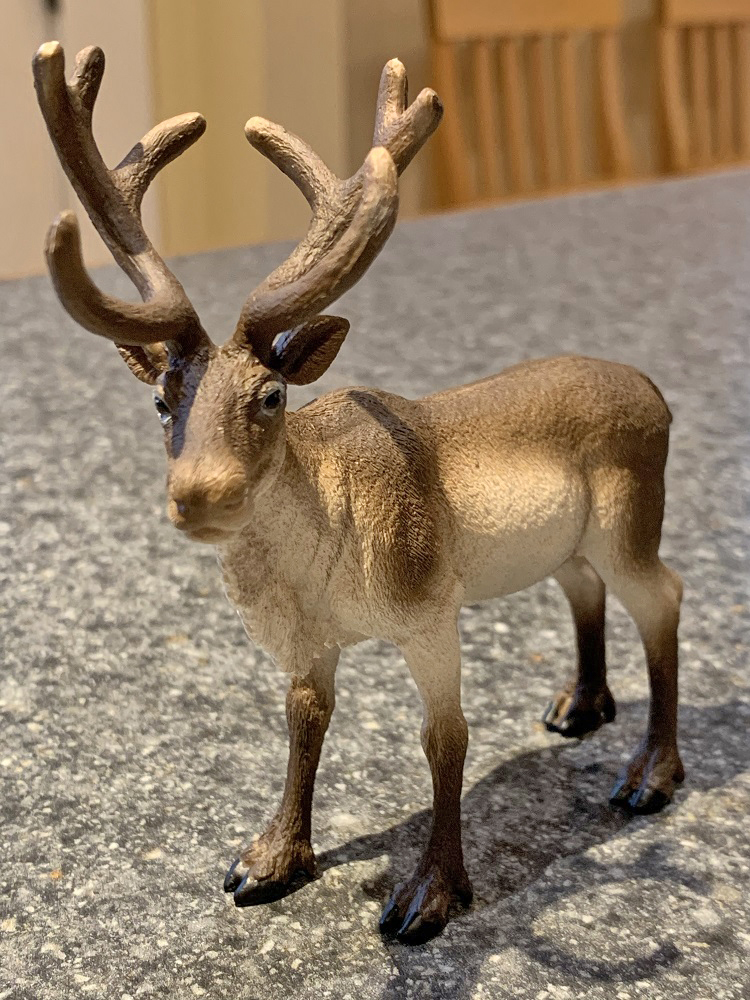
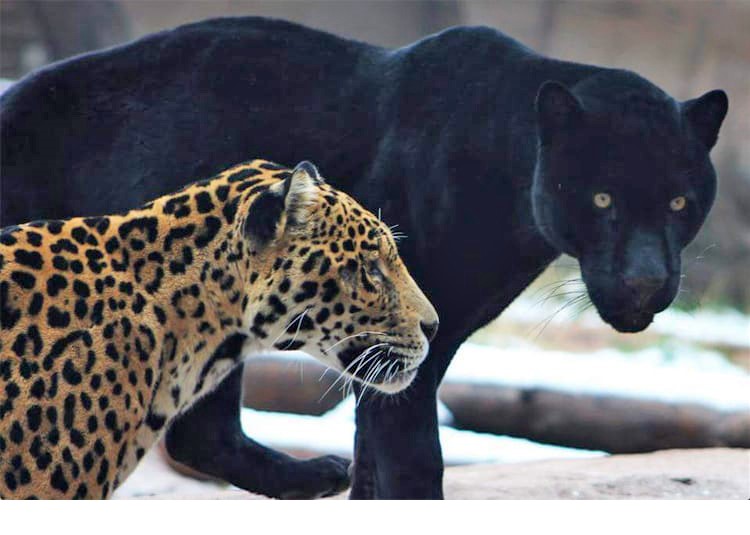 It’s National Cat Day. Yes, I know: these are not your garden variety house cats!
It’s National Cat Day. Yes, I know: these are not your garden variety house cats!
BeArizona, a popular wildlife park near the Grand Canyon, adopted these two jaguars in October 2018.
Nacho is the black one (melanistic) and Libre is the spotted one (rosette). They are brothers and will turn six years old on Tuesday, Nov. 3. Fancy that, the same day the presidency of the United States will be clawed back from The Orange Imposter.
Oh, look! A dromedary had landed in my Amazon order of last week (for light bulbs, and a hub ethernet switch).
OK, I confess: I picked the camel and added it to my order. I needed to brighten up the shipment’s mundane content.
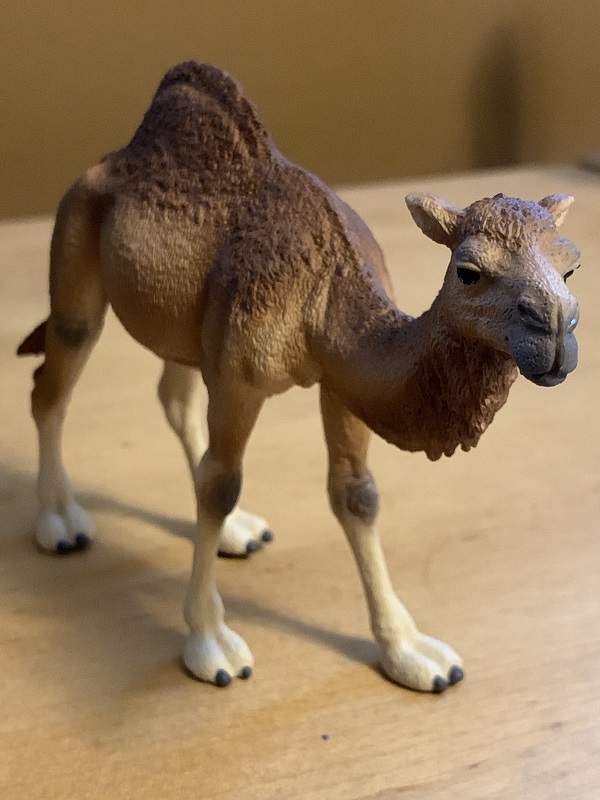
It’s Fat Bear week in Katmai National Park in Alaska, and the winner has been announced: Bear 747, nicknamed ‘Jumbo Jet’. Rangers post pictures of the bears online (just a handful of the more than 2,000 in the park), and fans get to cast a vote for Fattest Bear.
These last few weeks bears could gorge themselves one last time before winter sets in, on the salmon swimming upstream to spawn in the Brooks River, in Katmai National Park. Bears can lose up to 40% of their weight while hibernating through winter.
